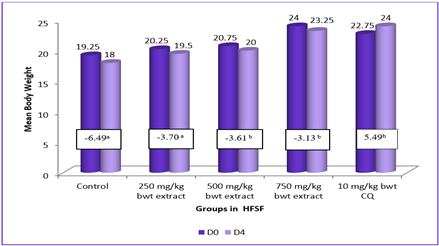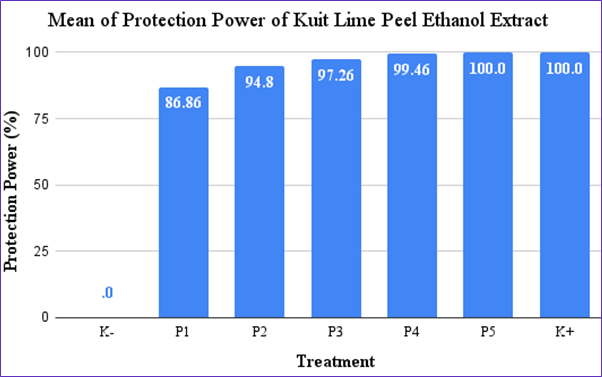Infestation Pattern of Lice In Laying Ducks In Village of Kramat District of Bangkalan Region of Bangkalan
Downloads
Ahmad, A., N. Gupta, A.K. Saxena and D.K. Gupta. 2013. Population Levels of Phthiraptera on Domestic Duck (Anas Platyrhynchos) (Anseriformes: Anatidae). J Parasitol Dis. 39(3): 567–571
Bahtiar, D.H., R. Susanita dan M. Rahayuningsih. 2014. Keanekaragaman Jenis Ektoparasit Burunng Paruh Bengkok Famili Psitacidae di Taman Margasatwa Semarang. Unnes J Life Sci. 3(2): 139-147.
Dinas Peternakan Kabupaten Bangkalan. 2016. Populasi Unggas Menurut Jenisnya Tahun 2016.
Fatimatussyahro. 2012. Prevalensi Ektoparasit pada Itik Jawa (Anas javanica) di Desa Glagahwero Kecamatan Kalisat Kabupaten Jember [Skripsi]. Fakultas Matematika dan Ilmu Pengetahuan Alam. Universitas Jember. (Abstr.): 7
Khaidir. 1994. Penyakit Parasit Ayam Buras. Poultry Indonesia. 11.
Musa, S., T. Rahman and H. Khanum. 2012. Prevalence and Intensity of Parasites in Domestic Duck. Dhaka Univ. J. Biol. Sci. 21(2): 197-199.
Narayanaperumal, J., D.B. Ahamad and S. Jayaraman. 2016. First Report of Anatoecus dentatus in Domestic Duck (Anas platyrhynchos domesticus, Linnaeus, 1978) from Southern India. Parasite Epidemiology and Control. 1:131–135
Naz, S., F. Shaikh and N. Ali Birmani. 2016. Insidence of Chewing Lice (Phthiraptera: Insecta) on Common Mallard, Anas Platyrhonchos (Anatidae: Anseriformes: Aves) in Karachi Region, Pakistan. Middle-East J of Scientific Reseach. 24 (7): 2260-2265.
Noble, E.R dan G.A. Noble. 1989. Parasitologi: Biologi Parasit Hewan. Edisi kelima. UGM Press. Yogyakarta. 706-714.
Soulsby, E.J.L. 1986. Helminths, Arthropods and Protozoa of Domesticated Animals. 7th ed. Bailliere Tindall. W.B. Saunders. England. 366-367.
- Every manuscript submitted to must observe the policy and terms set by the Journal of Parasite Science
- Publication rights to manuscript content published by the Journal of Parasite Science is owned by the Journal of Parasite Science with the consent and approval of the author(s) concerned
- Authors and other parties are bound to the Creative Commons Attribution-NonCommercial-ShareAlike 4.0 International License for the published articles, legal formal aspect of journal publication accessibility refers to Creative Commons Attribution-NonCommercial-ShareAlike 4.0 International License (CC BY-NC-SA)
- By submitting the manuscript, the author agrees to the requirement that the copyright of the submitted article will be transferred to Journal of Parasite Science as the publisher of the journal. The intended copyright includes the right to publish articles in various forms (including reprints). journal of parasite science retains the publishing rights to published articles.

































